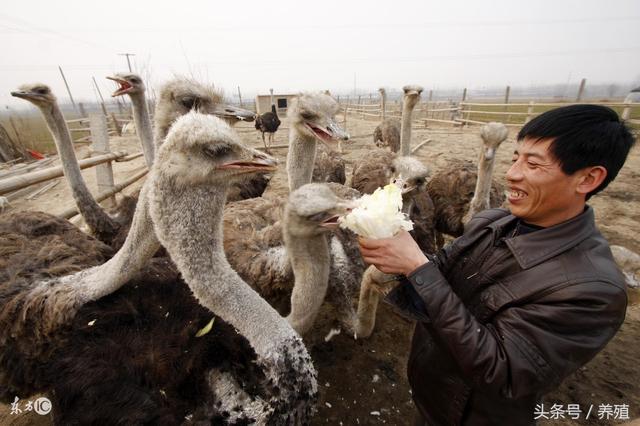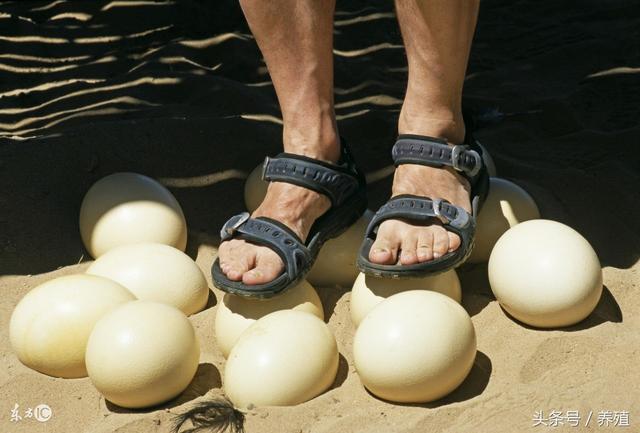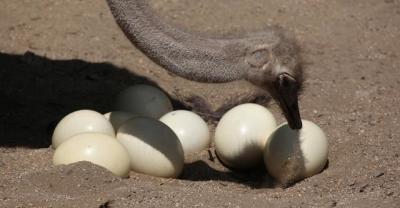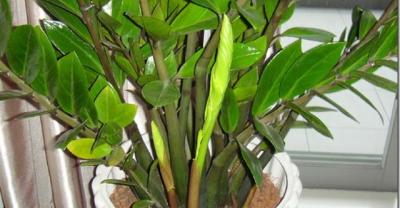With the storage of ostrich eggs, the special poultry breeding market has increased significantly.
The storage period of breeding eggs and the management of breeding eggs have great influence on the hatching rate. The eggs should be recovered in time after the eggs are produced, and the sun should not be exposed to the sun for a long time, because the sun exposure will raise the temperature of the eggs and kill the embryos. You can't let the eggs get caught in the rain, let alone freeze them. If the retrieved eggs bring a little soil, the soil can be wiped off with a soft cloth or brush. If it is not too dirty, it is best not to wash the egg before hatching, because washing the egg will destroy the protective film of the egg, bacteria can easily reproduce and enter the human egg through the egg hole. If the breeding eggs are seriously polluted, you can scrub them with a clean soft cloth with 0.1% potassium permanganate water (do not soak the eggs in water), wipe the eggs clean, and then wipe the water with a soft cloth. The disinfection of breeding eggs had better not be sprayed directly, so as not to stimulate the breeding eggs. The breeding eggs should pay attention to the following points during the storage period:

Ostrich eggs
Ostrich: the way to get rich in ostrich breeding
Temperature, humidity and storage time
The ambient temperature for the storage of breeding eggs is required to be kept within a certain range, too high and too low will affect embryonic development. After breeding eggs are produced, when the storage environment temperature is too high, but does not reach the suitable temperature of 35 ℃-37 ℃ for embryo development, the embryo also develops, which is easy to cause embryo death. When the ambient temperature is lower than 4 ℃ for a long time, although the embryo development is in a static state, the embryo viability decreases seriously and even dies. It is reported that the critical temperature for ostrich embryonic development is 23 ℃, that is, when the ambient temperature is lower than the critical temperature for embryonic development, the embryo is dormant. Generally, the temperature at which eggs are stored in production is lower than the critical temperature, and the suitable temperature for embryo storage is about 13 ℃. If the storage time is short, 16 ℃-18 ℃ can be used within 4 days, and the lower limit temperature can be used if the storage time is more than 4 days.

Ostrich breeding
The newly laid eggs should be weighed immediately and write down the ostrich number and laying date with a pencil. Then gradually dropped to the storage temperature, a sudden drop in temperature affected the development of the embryo. The suitable cooling time is 12-14 hours. The newly produced eggs are placed in a good breathable carton, which is ideal for the cooling of breeding eggs. The breeding eggs should not be placed in the tuyere of air circulation, so as not to affect the hatching rate if the temperature drops too quickly. During the storage of breeding eggs, the water in the eggs evaporates continuously, and the evaporation rate is inversely proportional to the thickness of the eggshell and the environmental humidity of the stored eggs. Breeding eggs are generally hatched with low humidity, because when the hatching humidity is more than 30%, the hatched ostriches have varying degrees of edema, so the environmental humidity for the storage of breeding eggs is 60%. If the humidity is too low, it will accelerate the evaporation of water in the eggs, which is disadvantageous to hatching; too high humidity can cause the chance of mold growth. Generally speaking, the storage time of breeding eggs should not exceed 7 days, or no more than 10 days at most, otherwise, the hatching rate will be greatly reduced.
Ostrich: feeding and Management of Ostrich in breeding period

Ostrich eggs II. Storage methods of breeding eggs
Ostrich breeding eggs during storage, the eggs can be placed vertically or tilted upward, if the storage period is not more than 7 days, the eggs can not be turned. If there is no egg bank, the breeding eggs can be stored in a thermostat or a self-made egg cabinet. Layers of egg storage trays are arranged at the top of the cabinet, ice cubes are placed at the bottom of the cabinet, and the ice is sealed with plastic sheeting. Don't let the breeding eggs touch the water. The temperature and humidity in the cabinet should be well controlled, and attention should be paid to the ventilation of the egg storage cabinet.
Friends who are interested in aquaculture can pay attention to: aquaculture, there are wonderful breeding information and technical articles to share every day. Email address: [email protected].
- Prev

Breeding meat pigeons: which species of meat pigeons is the best? What is the largest variety of meat pigeons? how much is the price per pair of meat pigeons?
Meat pigeon has good edible value and medicinal value, and it has a reputation of "one pigeon is better than nine chickens" in the folk, so meat pigeon is very popular in the poultry product market.
- Next

Sweet-scented osmanthus culture methods and points for attention, these four taboos must be remembered!
Osmanthus fragrance overflows when it blossoms, which is very suitable for planting in the courtyard. When potted sweet-scented osmanthus is planted, cuttings or grafted seedlings with short plant type and compact branches and leaves should be selected. The seedlings are blooming.
Related
- On the eggshell is a badge full of pride. British Poultry Egg Market and Consumer observation
- British study: 72% of Britons are willing to buy native eggs raised by insects
- Guidelines for friendly egg production revised the increase of space in chicken sheds can not be forced to change feathers and lay eggs.
- Risk of delay in customs clearance Australia suspends lobster exports to China
- Pig semen-the Vector of virus Transmission (4)
- Pig semen-the Vector of virus Transmission (3)
- Five common causes of difficult control of classical swine fever in clinic and their countermeasures
- Foot-and-mouth disease is the most effective way to prevent it!
- PED is the number one killer of piglets and has to be guarded against in autumn and winter.
- What is "yellow fat pig"? Have you ever heard the pig collector talk about "yellow fat pig"?

